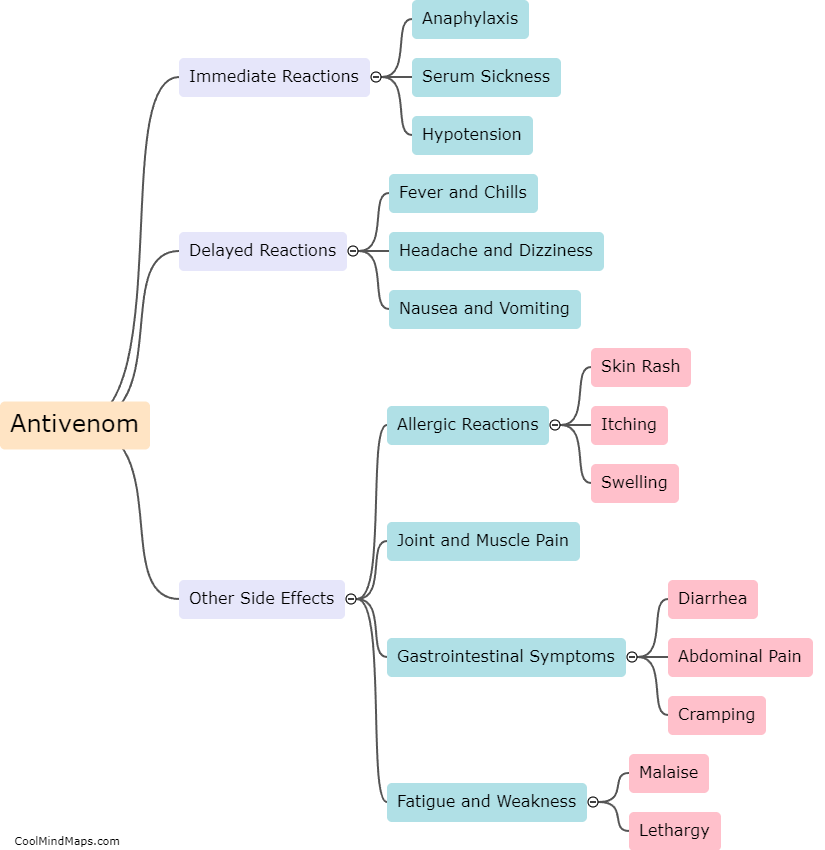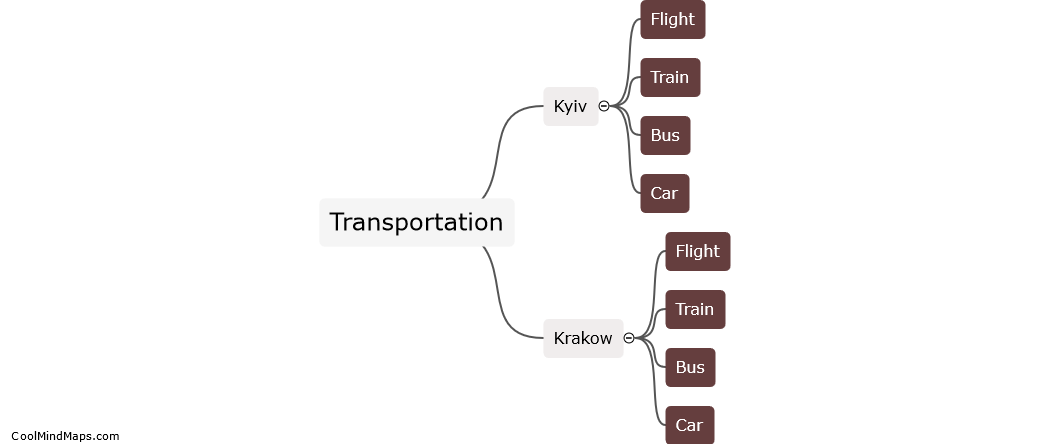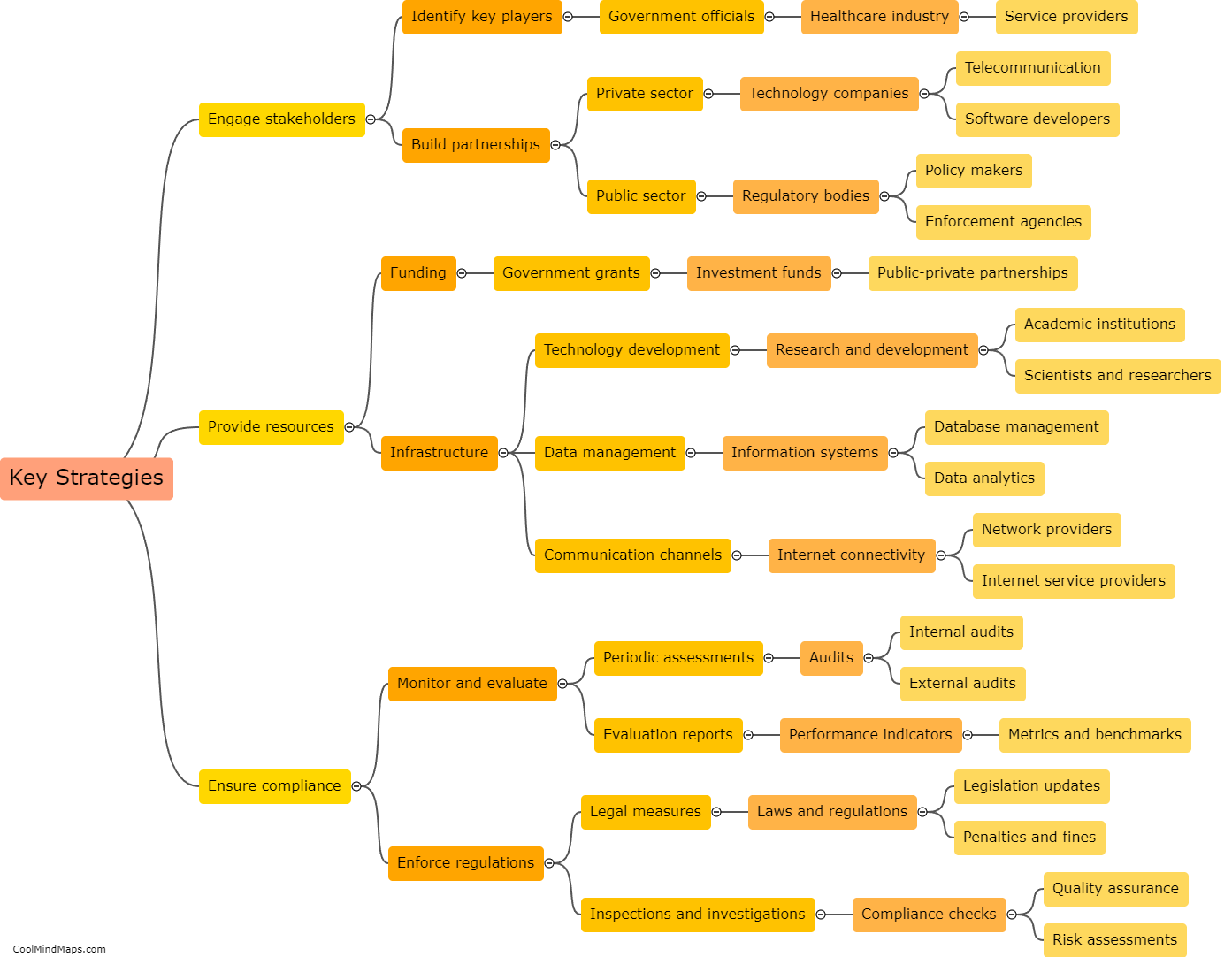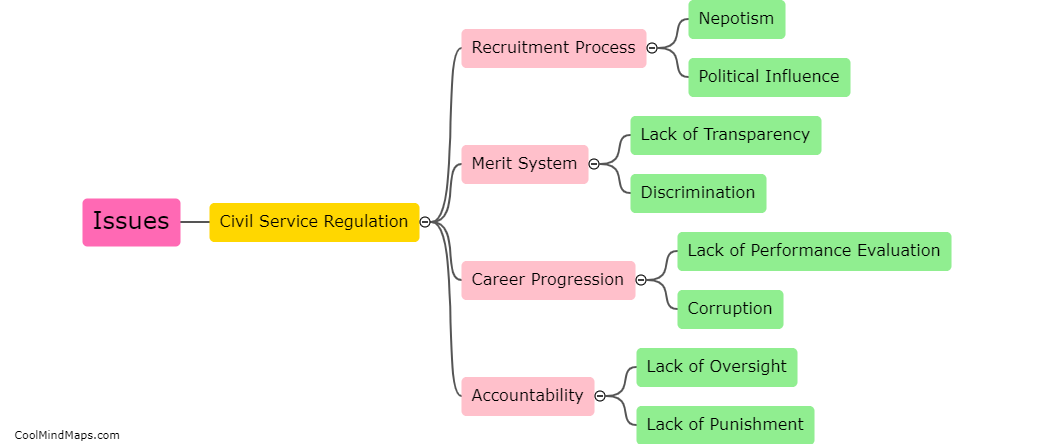How are the tools in civil service regulation 2050 implemented?
The implementation of tools in civil service regulation 2050 involves a systematic and comprehensive approach to ensure the effective functioning of civil service departments. These tools primarily aim at streamlining processes, improving efficiency, and enhancing the overall performance of civil servants. The tools encompass a range of strategies, such as performance management systems, recruitment and selection processes, training and development programs, and performance evaluation mechanisms. Additionally, technology plays a pivotal role in the implementation of these tools, with the adoption of digital platforms and software to automate administrative tasks, enhance communication, and enable data-driven decision-making. The implementation process requires careful planning, coordination, and collaboration between government officials, policymakers, and civil service agencies to successfully achieve the desired outcomes of a modern and efficient civil service system.
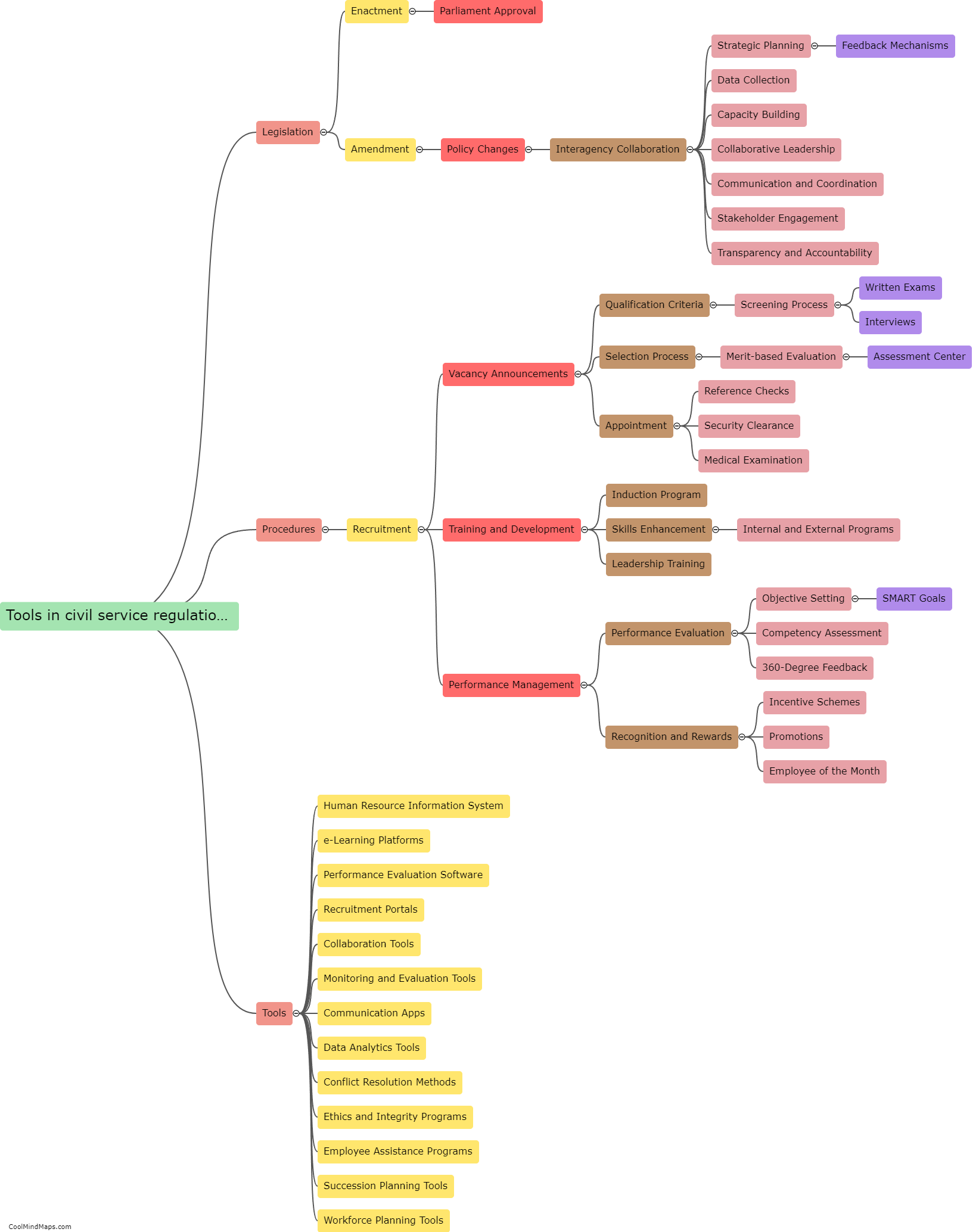
This mind map was published on 27 November 2023 and has been viewed 82 times.
